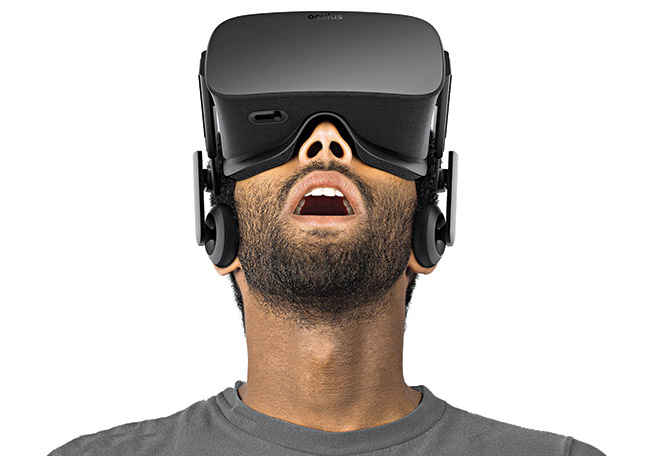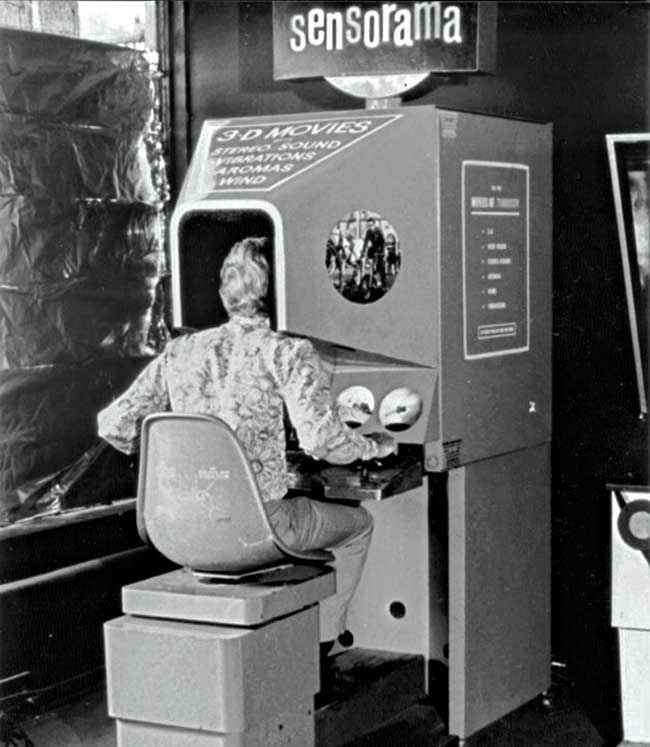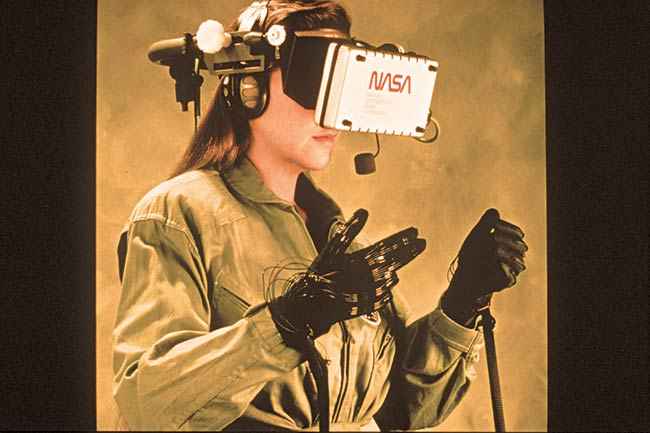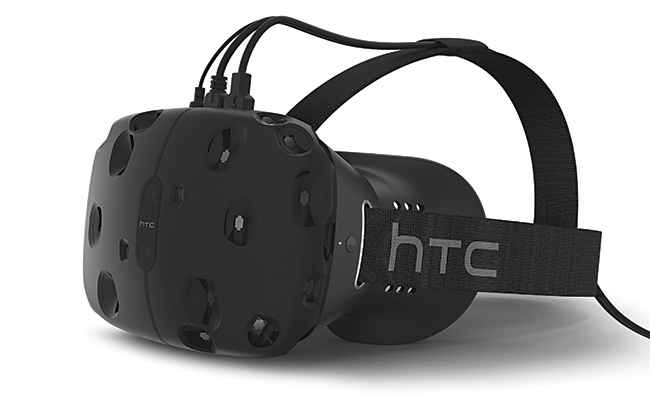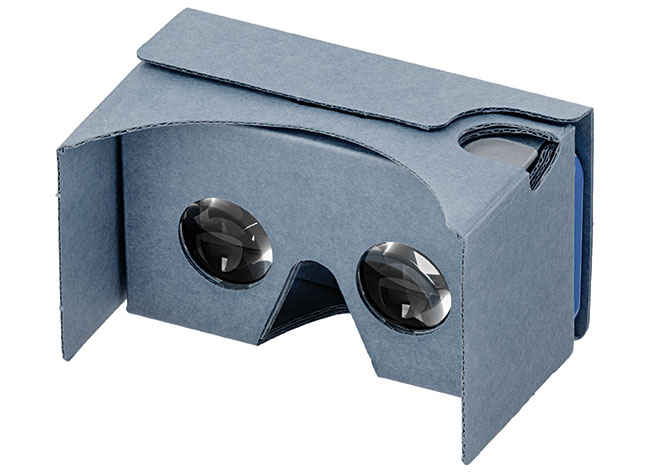Origins and rise of VR
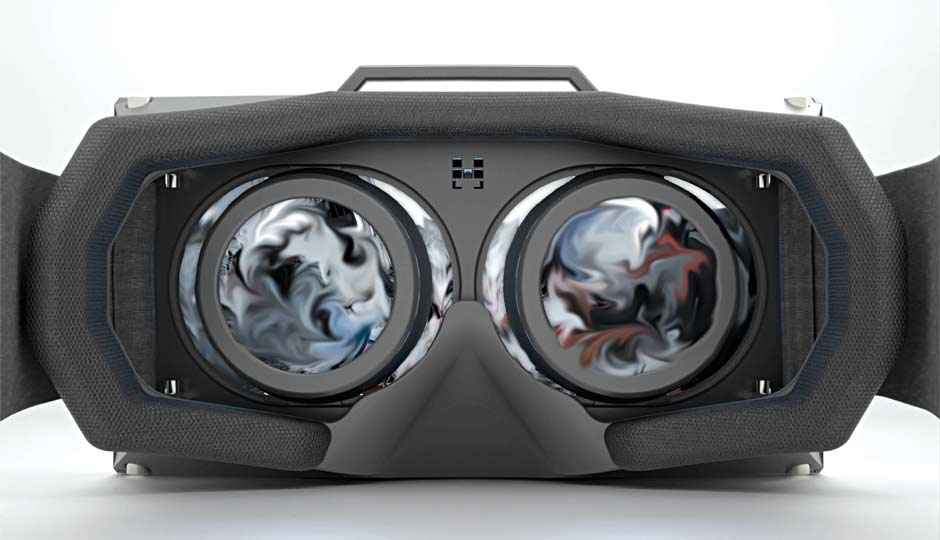
With all the recent hype about the launch of Oculus Rift, it's a good time to go down memory lane and discover how this technology evolved
On a scale of zero to ten, what do you think are your chances of going to Mars, swimming in Icelandic waters, or rocking the stage with Mick Jagger? Next to impossible right? That’s what we thought. But if Virtual Reality is able to live up to its promise, you may as well be able to do all these crazy things. And the perk is, without even leaving your home! Virtual Reality simulates all the bits of the real and imaginary world. These bits are simulated using high performance computers along with sensory equipments like gloves and headsets.
The possibilities with VR are limitless. Put your goggles on, go nowhere and get transported to anywhere. It’s the same brand of escape delivered by psychotropic drugs but infinitely more safe. Born from technology, the experience generated by VR is certainly worth experiencing. Trust us we’ve tried it. The kind of success VR is poised for right now, we can only hope that it doesn’t replace life as we know it.
Is this the real life? Is this just fantasy?
So, how exactly can you define Virtual Reality? The definition of VR is quite difficult to formulate. Mankind has been reaching for this holy grail of immersion since times immemorial. Early attempts at achieving VR were little more than screens showing never ending sequences that were simulated.
There were just these clunky visuals that couldn’t be brought to light due to lack of technology. The idealistic promises of VR were again revisited by some inventors in the early 90s, when personal computers were at the pedestal of explosion and few were curious to know what technology had to offer. By this time VR as a technology was quite mature. The only trouble was that it was expensive. Some of you might remember experiencing custom VR gear in Arcades of that era. The equipment was so expensive that personal use was at least back then out of the question.
However one little company held at least the promise of making VR accessible. We’ll get into the history of Oculus in a bit but right now what you need to know is that when Facebook bought Oculus in 2014, the world of VR blew up. The gaming and movie industry began unleashing visions what the future holds and overnight VR was hailed as the next big thing!
A peek into VRs history
While some believed that 3D stereoscopes gave birth to virtual reality, there were others who said that technology was its birth mother. To tech lovers, VR seemed to be pioneered in the late fifties and early sixties. So who do you think these pioneers were?
Morton Heilig
In 1960, when Morton Heilig- a documentary inventor and film maker patented Telesphere Mask, which was the most influential invention in the history of VR. This mask was a TV set that played 3D images with basic stereo sounds. Taking this experience to next level, he created something that was as exceptional and exciting as a theatrical movie. In 1962, he gave birth to a simulator called Sensorama, which could actually play a film. It was of course not a three-hour film, but something that could blow your mind. “You are seated on top of a motorcycle, travelling through the Brooklyn streets and wind whipping through your locks with a faint smell of food hitting your nose. There are engines rumbling in the background and you run out of tokens.” You’ve just experienced the effect of Sensorama. This 3D film created an immersive environment that stimulated the senses to create a whole new experience. That’s exactly how Virtual Reality felt like in 1962.
Sensorama by Morton Heilig, 1962
Ivan Sutherland
A visionary of Virtual Reality, Ivan Sutherland introduced the Ultimate Display in 1965. This display allowed the audience to step into a virtual world resembling the real world. This gave rise to countless developments in the world of virtual reality. This advanced HMD (Head Mounted Display) allowed the user to see all the graphics displayed by computers. HMDs could only be linked to cameras earlier and in 1966 they were connected to a computer for the first time. What’s surprising? Even at that point of time he built something that could be manipulated by the user. It seemed that the environment was in control of the user and not the computer. The HMD tracked the user’s head movements changing his focal view accordingly.
Courtesy to Sutherland’s Ultimate Display, a brand new virtual world is on its rise. Now that we have already stepped into this simulated world, let’s dig deeper. How do you think any structure stands tall? You don’t have to scratch your brains to put some techno-logic to it. With its pillars, of course! If you are already mind blown by VR, here’s how it works. Below are few concepts on which VR still continues to stand tall.
1. Simulation
How do you think it will be possible to land on Mars while you are about to bump onto your bedroom wardrobe? It all depends on simulation! Simulation is creating a virtual environment that closely resembles the real world. To simulate something, a model has to be created mimicking the key characteristics of the real world. This can be as simple as voice recognition or tracking the body movements.
In VR, simulation is created using a computer. The computer-simulated environment will be manipulated by the user with HMDs mounted on the face. The immediate question that arises after creating such virtual environments is that how a person will interact with it?
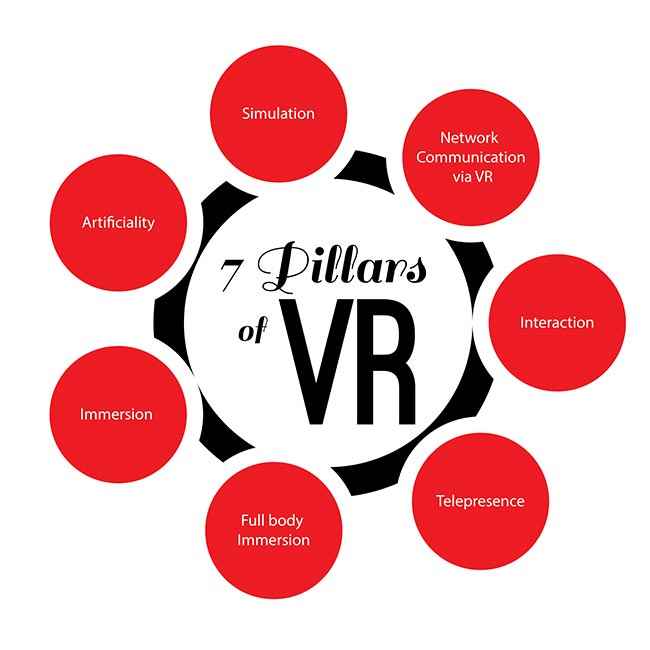
Concepts of VR
2. Interaction
Interaction- another concept of VR unfolds the answers right here. Navigating inside a simulated environment itself is called interaction. Interacting with the artificial environment is possible only when the user is completely immersed in it. Interactions need manipulations and here, it is the user that holds the key to manipulate. Interactivity depends on factors like range, speed and mapping. Mapping is the ability of the system to produce results based on user’s actions. Navigate left to right and back, walk or do whatever you want, the way a simulated medium responds will show how interactive it is. With VR, the interactions should be crisp and quick.
3. Artificiality
Artificiality can be called as ‘reality or actuality of the artificial’ medium. To create artificiality, the environment has to be manipulated and made similar to the real world. And VR does exactly the same – it puts you in a world which is imaginative and yet seems real.
4. Immersion
Now that the imaginative world is created, how do you think a person can enter inside it? That’s when certain hardware and software comes into the picture. With data gloves, optical devices, head trackers and hand-held objects a user perceives to be in a virtual world. This sensory involvement is called Immersion. Interaction and immersion is interlinked.
Virtual Interface Environment Workstation (VIEW) – A virtual workstation of NASA in which the user immerses into the system wearing data gloves, data suit and an eye phone. This increases the level of simulation for virtual reality and the computer registers wearer’s bends, gestures, motions and spatial direction. The user could manipulate the happenings on Mars while being on Earth.
Thirty seconds to mars… Virtually of course.
5. Telepresence
In Telepresence, the operator’s senses are stimulated with such conditions to give a feeling of being in another location. The user’s movements, actions, position and voice will be sensed, duplicated and transmitted to bring the virtual effect. The information travels between the user and the telerobot in the location.
6. Full Body Immersion
If you are a Star Trek Fanatic, you may be aware of the Holodeck- a 3D space where still objects are moving around. This pioneered environment was envisioned earlier by Myron Krueger. In full body immersion, the user will not have any gear and the cameras will capture his image displaying it on the monitor. The registered image will then interact in the virtual world and all its objects. With excellent AI and intractability, an advanced Holodeck can be expected in the near future.
7. Network Communication via VR
Mobile phones completely rely on connectivity. Likewise, Network Communication via VR is essential to share a similar virtual space with various interlinked workstations. With Oculus Rift’s availability in the market, a new platform for communication is rising. The days when there will be virtual classrooms, corporations and banks are not too far. Now that we are done with the detour, let’s see how VR has made the most out of these concepts in recent times.
The venture of Facebook and Oculus– a mission to bring VR to every home and giving rise to a new communication platform is signalling an exciting and promising future. With Rift’s staggering price of $600, one can only wait for the price to eventually drop down. Till then, here are some DIY origins of Oculus rift that will leave you jaw dropped. When a new technology is on the rise, how can ubiquitous Samsung lay behind? Using the amazing QHD display of S6, Samsung’s Gear VR will send you into Virtual Reality right after you fix your device into it keeping the users still amazed with its quality of visuals. Costing $200, this gear will surely be quite economical on your pockets. If you are an early tech adopter looking forward to understand what VR is going to unfold, this fun toy might just excite you.
While Samsung was keeping its users excited and in-line with VR, Sony could not keep itself at bay. Sony Playstation’s Project Morpheus will let the gamers step inside the virtual world, thus delivering an ultimate sense of presence. Improved visual and virtual experience, accuracy and presence are few of its extraordinary inclusions.
Another player in the market- HTC, is also on the verge of entering innovative gaming world. With HTC Vive’s release still awaited, most tech savvy people are still eyeing on its specifications. All the players- Oculus, Samsung, HTC and Sony are looking to take over the world by VR storm. Choosing the best headset amongst all the available ones will be a sheer difficult task for us.
HTC Vive– A VR headset
It’s going to rain VR headsets in 2016. With so much of buzz about Rift’s release, one can only think about diving into this realistic artificial world of Virtual Reality. And, if you can’t shell out money in buying these expensive headsets, there are DIY options available as well. You can be a hermit and play around with your own version of Google VR headset. Google Cardboard allows the user to immerse into the virtual world and spend affordably at the same time. You can either buy Google cardboard at a convenient rate or fold it up on your own using some basic stuff from your household. You can make a VR headset just like that!
Create the headset, download the connecting app, scan barcode and use it- that’s all you need to do for diving into an unforgettable VR experience using your smartphone.
Google Cardboard: it’s easy and affordable
While all these massive players are looking forward to bring VR to every home, the task lies to develop the core technology. As all the games that will be linked with the headsets are going to be location based, it has to be precisely designed. The market needs a sense of presence and only VR can bring it. That sense, where you can do anything- hunt a zombie, be to places where you have never been. That sense where you feel to go back and again with time. It can only be possible with VR and when it does become possible, it will be technology’s biggest conquering. Like we use cell phones today, there will be elements of Virtual reality in future homes. As soon as the mega-players in the technology market get there, the time when we can access everything virtually is not too far. In celebration of VR’s rise, we presented a glimpse of the enormous prospects that it holds.
Note: The author of this article is Mr. Mohar V, a Business Evangelist with Techved Consulting, a “leading Global Usability & UX Design Company” in Southeast Asia.
This article was first published in the March 2016 issue of Digit magazine. To read Digit's articles first, subscribe here or download the Digit e-magazine app.


